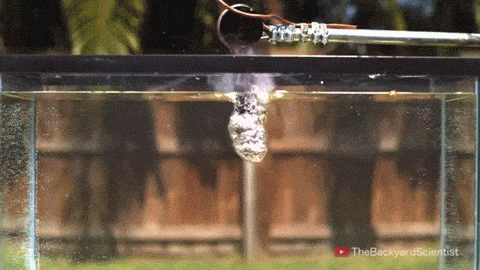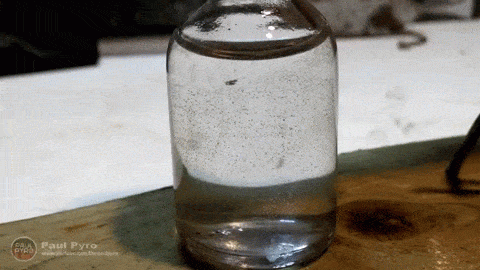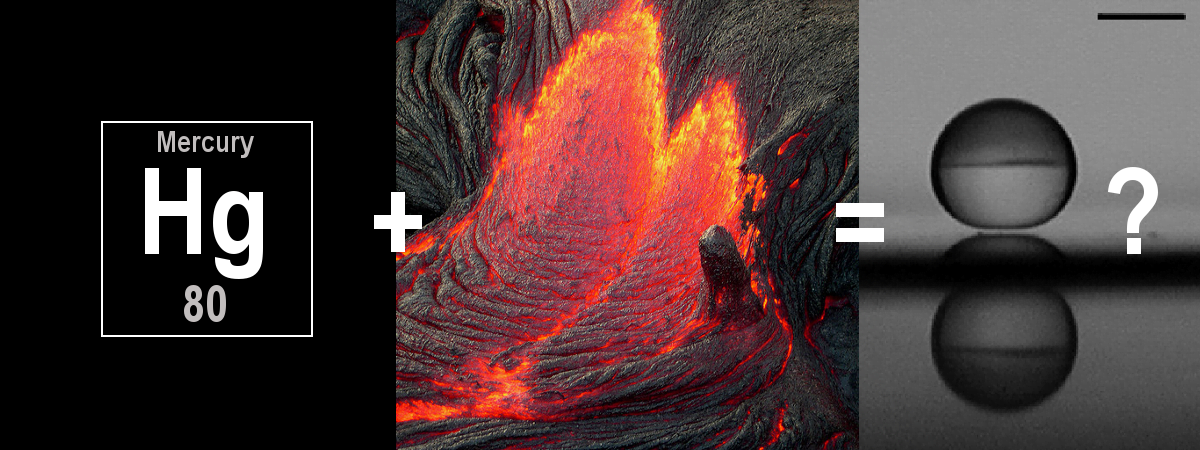
Turn the stove up high enough and you may have noticed that drops of water stop boiling away and instead skate across the surface. This is the Leidenfrost effect, which occurs when a surface is so much hotter than a liquid’s boiling point that any liquid that contacts instantly vaporizes. That thin vapor layer insulates the rest of the drop and makes it skate around on very little friction. Previously, researchers found that putting these drops on patterned surfaces causes them to self-propel. Here you see Leidenfrost drops on a V-shaped “herringbone” surface. The grooves in the surface catch and direct the vapor out the Vs. If it seems counter-intuitive that the drops move in the same direction as their vapor, you’re not alone! It turns out that Leidenfrost drops aren’t propelled by vapor moving away from them – like, say, a rocket is. Instead the drops are being dragged along by friction between them and the escaping vapor. By controlling the direction of the vapor, researchers were able to create race tracks (top) and even traps (bottom) for the drops. (Image credit: D. Soto et al., from Supplemental Movies 2 and 3)







